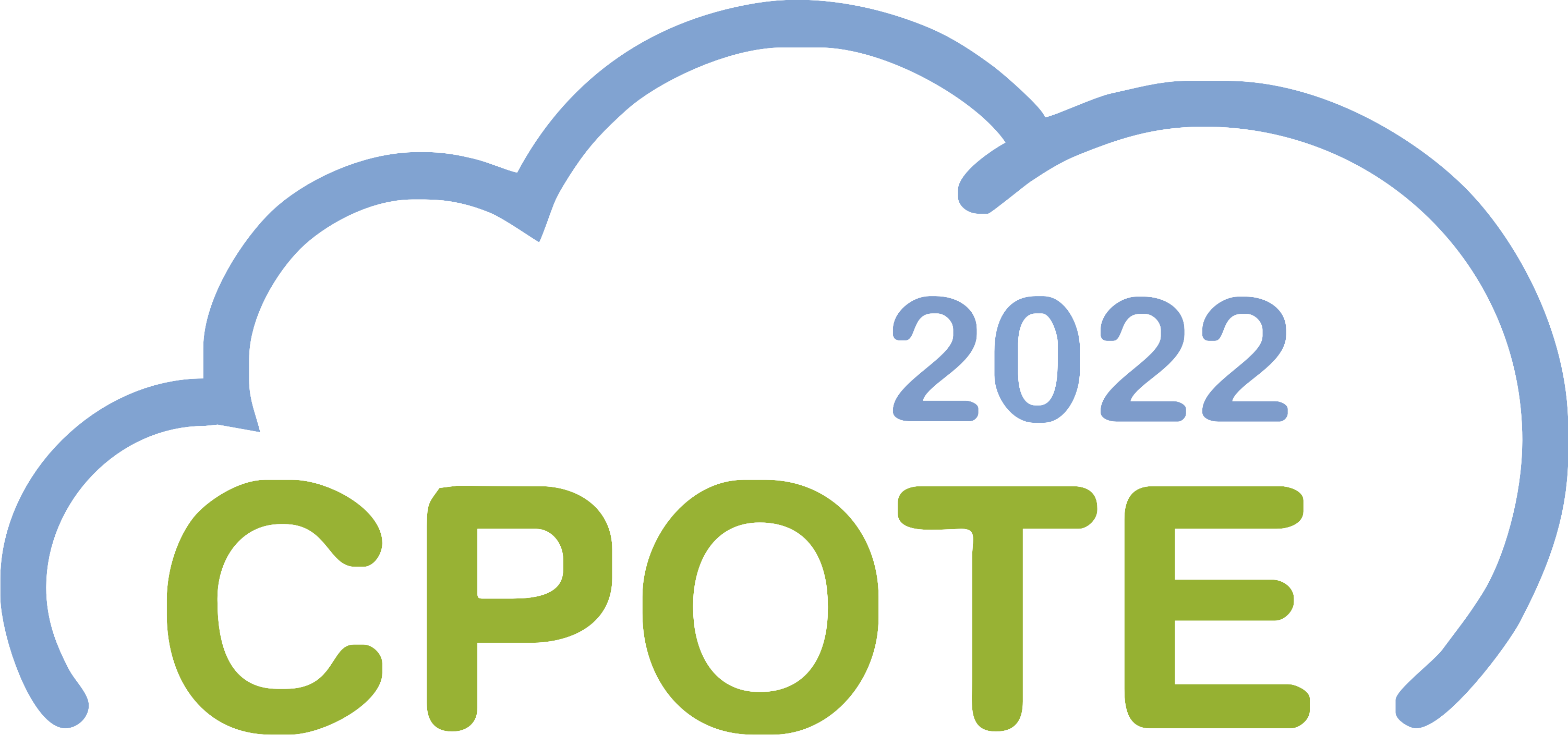
CPOTE2022
7th International Conference on
Contemporary Problems of Thermal Engineering
Hybrid event, Warsaw | 20-23 September 2022
7th International Conference on
Contemporary Problems of Thermal Engineering
Hybrid event, Warsaw | 20-23 September 2022
Abstract CPOTE2022-1047-A
Book of abstracts draft












Improved moisture removal using HTC treatment of the digestate from wet fraction of MSW
Jakub MULARSKI, Wrocław University of Science and Technology, PolandMichał CZEREP, Wrocław University of Science and Technology, Poland
Marcin BARANOWSKI, Wrocław University of Science and Technology, Poland
Agnieszka URBANOWSKA, Wrocław University of Science and Technology, Poland
Mateusz WNUKOWSKI, Wrocław University of Science and Technology, Poland
Christian ARAGON-BRICEÑO, University of Twente, Netherlands
Łukasz NIEDŹWIECKI, Wrocław University of Science and Technology, Poland
Małgorzata KABSCH-KORBUTOWICZ, Wrocław University of Science and Technology, Poland
Halina PAWLAK-KRUCZEK, Wrocław University of Science and Technology, Poland
Artur POŻARLIK, University of Twente, Netherlands
Eddy BRAMER, University of Twente, Netherlands
Gerrit BREM, University of Twente, Netherlands
Anaerobic digestion is an efficient way of using wet fraction of municipal solid waste (MSW) for energy purposes as it can produce biogas, which in turn could be used for combined generation of power and heat or as a transportation fuel, after purifying to biomethane and compression. However, a digestate left after anaerobic digestion of the wet fraction of MSW is still considered and a waste and is a subject of strict regulations. Relatively high moisture content of the digestate, after application of mechanical dewatering is still significant and makes it unsuitable for incineration with other fractions of waste, unless significant amount of heat is used for drying. Due to these reasons current practice involves landfilling of the digestate, which introduces additional cost due to space requirements and size limitations of landfills. Hydrothermal carbonization (HTC) is a process that can be used for valorising such low-quality biomass into a solid fuel. This study presents experimental results, showing the improvement that could be achieved in mechanical dewatering of HTC treated low quality biomass. Mechanical dewatering is applied at different pressures. Moreover, flashing-off of low-quality steam is also investigated within the scope of this work. Such technique allows recovery of the physical enthalpy of hot hydrochar slurry. However, flashing-off vapours contain not only steam but also other condensable hydrocarbons. Due to this reason purification of such effluent, using a membrane system is also taken into consideration, as well as subsequent recovery of chemical energy from the retentate, quantified by means of biomethane potential.
Keywords: Municipal Solid Waste Digestate, Hydrothermal Carbonisation, Mechanical dewatering, Flashing-off, Membrane Separation of Condensate
Acknowledgment: The authors would like to thank the European Commission, the National Centre for Research and Development, Poland (nr WATERWORKS2017/I/RECOWATDIG/01/2019), Nederlandse Organisatie Voor Wetenschappelijk Onderzoek, Netherlands and Swedish Research Council Formas for funding in the frame of the collaborative international consortium (RECOWATDIG) financed under the 2018 Joint call of the WaterWorks2017 ERA-NET Cofund. This ERA-NET is an integral part of the activities developed by the Water JPI.